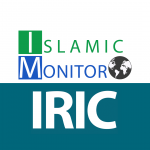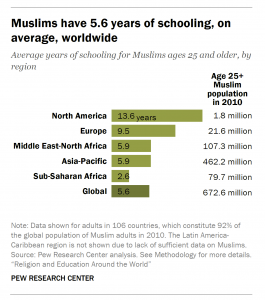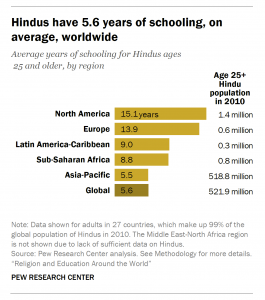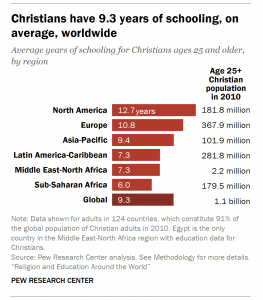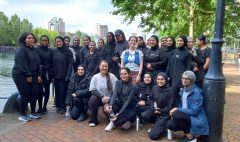Study shows the U.S. attracts an elite Muslim and Hindu population
December 27, 2018 2024-03-18 15:52Study shows the U.S. attracts an elite Muslim and Hindu population

Study shows the U.S. attracts an elite Muslim and Hindu population
Hindus and Muslims who have migrated to the United States in recent years are especially well-educated, according to a new survey from the Pew Research Center. On average, Hindus in the U.S. have nearly 16 years of schooling, significantly more than Jews, the next most highly-educated U.S. religious group. Muslim Americans have nearly 14 years of schooling, which is well above the U.S. average.
The high education levels of U.S. Hindus and Muslims are in stark contrast to the schooling levels of those populations worldwide, where they are the two least educated of all religious groups, with just 5.6 years of schooling on average. The Pew data underscore how U.S. policies and world migration patterns have produced a highly selective representation of the two immigrant groups. “Hindus and Muslims in the United States are a pretty elite segment of the global Hindu and Muslim population,” says Conrad Hackett, a Pew demographic researcher.
In both cases, they are generally newcomers. Nearly nine out of ten Hindus in the United States and two out of every three Muslims were born outside the country, according to Hackett. With their relatively high levels of education, they qualify for higher paying positions. As immigrants, their experiences challenge the stereotype of foreign-born workers competing with native-born workers for low-skill, low-wage jobs.
The contrast between high Hindu and Muslim schooling levels in the United States and their low levels worldwide, meanwhile, suggests that the U.S. story is unique. “A lot of people, when they look at Asian Americans and their relative success, say there’s something about Asian culture,” notes Karthick Ramakrishnan, a political scientist and immigration expert at the University of California, Riverside. “[But] if you look at culture in Asia, it doesn’t predict the same level of success. So we have to look for answers elsewhere.” The answers largely lie in the unique U.S. immigration experience of Muslims and Hindus, almost all of whom have come from distant countries in the Middle East and South Asia.
“They’ve had to travel to the United States, perhaps at considerable cost,” notes Hackett, meaning they are likely to be among the most privileged part of the population in their native countries. In this regard, their situation is different from that facing immigrants from Mexico or Central America, who can move to the United States more easily, with or without immigration papers. Without the option of being able to come illegally across the southern U.S. border, Hackett notes, Muslim and Hindu immigrants “have to deal with U.S. migration policies, which in many cases favor people who have skills that they have acquired through considerable education.”
The Muslim and Hindu immigrants to the United States leave behind the more poorly educated segment of their religious groups, who can’t afford to immigrate or don’t qualify for immigrant visas. The Hindu and Muslim stories contrast with that of Jews, who according to the Pew survey are well-educated wherever they are found. Worldwide, Jews have an average of 13.4 years of schooling, compared with 14.7 years for U.S. Jews. (Christians worldwide have 9.3 years of schooling on average, while U.S. Christians have 12.7 years.)
The disparity in schooling levels between Hindus and Muslims worldwide and those in the United States may be diminishing, however. The Pew study found education for Hindus and Muslims is improving around the world, with especially notable gains for Hindu and Muslim women.
Source: National Public Radio (NPR)

